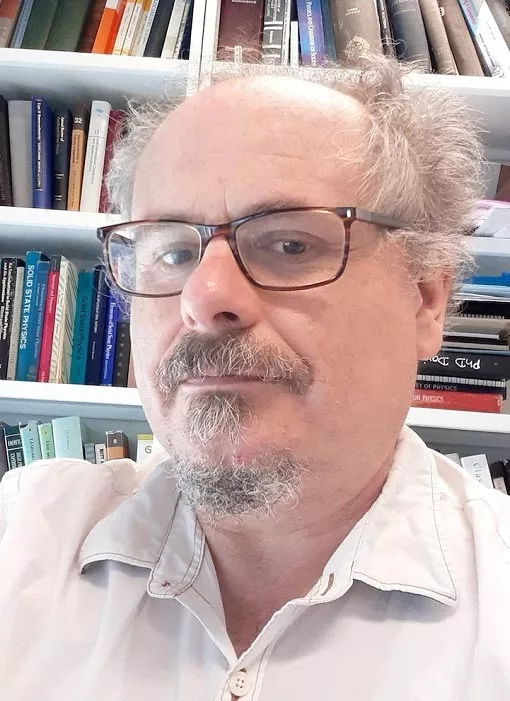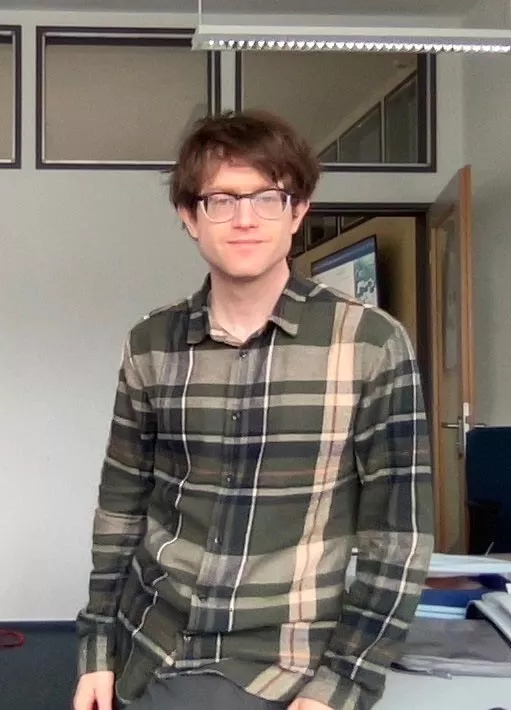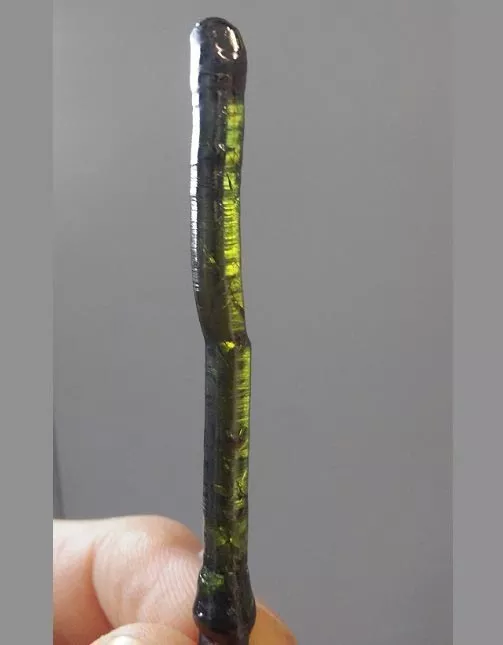Physicist Andrea Bianchi observed the state of "quantum spin liquid" in a magnetic material created in his laboratory. Not every day someone finds a new state of matter in quantum physics. Quantum physics is a scientific field specially used to describe the behavior of atoms and subatomic particles in order to understand their characteristics.
And that's what an international research group is doing. It is reported that the team includes Andrea Bianchi, Professor of physics at the University of Montreal and researcher of Quebec material research group, and his students Avner fitterman and J é R é mi dudemaine.
In a recent article published in the scientific journal Physical Review x, scientists pointed out that they recorded a "quantum spin liquid ground state" in a magnetic material created by Bianchi laboratory: ce2zr2o7, a compound composed of cerium, zirconium and oxygen.
Like a liquid locked in an extremely cold solid
In quantum physics, spin is an internal property of electrons, which is related to their rotation. It is spin that makes the material in the magnet magnetic.
In some materials, spin induces a disordered structure similar to molecules in liquid, so there is the term "spin liquid".
Generally speaking, a material becomes more disordered with the increase of temperature. This is the case when water turns into steam. The main characteristic of them is that they still have no spin to zero.

The reason why spin liquid is still unorganized is that the direction of spin will continue to fluctuate with the cooling of the material, rather than being stable in the solid state like traditional magnets. It is understood that in traditional magnets, all spins are aligned.
"Frustration" Electronic Art
Imagine that an electron is a tiny compass, either up or down. In traditional magnets, electrons spin in the same direction, up or down, and form the so-called "ferromagnetic phase". That's why you can nail photos and notes to the door of your refrigerator.
However, in quantum spin liquid, electrons are placed in a triangular lattice and form a "three person" state, which is characterized by strong turbulence interfering with their order. The result is an entangled wave function and no magnetic order.
"When the third electron is added, the spin of the electron cannot be aligned, because two adjacent electrons must always have opposite spins, which produces what we call magnetic frustration," Bianchi explained. "This generates excitation, which maintains the disorder of the spin and the liquid, even at very low temperatures."

So how do they add a third electron and lead to this setback?
Create a "trio"
Ce2zr2o7 is a magnetic cerium based material. "The existence of this compound is known, and our breakthrough is to create it in a unique and pure form. We use samples melted in an optical furnace to produce a nearly perfect triangular atomic arrangement and then check the quantum state," Bianchi said.

It was this near perfect triangle that enabled Bianchi and his team at the University of Texas to create magnetic setbacks in ce2zr2o7. They measured the magnetic diffusion of the compound in collaboration with researchers at McMaster University and Colorado State University, Los Alamos National Laboratory and the Max Planck Institute for complex system physics in Dresden, Germany.
Bianchi said that their measurements showed an overlapping particle function - so there was no Bragg peak - which was a clear sign that there was no classical magnetic order. "We also observed a spin distribution with continuous wave direction, which is the characteristic of spin liquid and magnetic setback. This shows that the material we created behaves like a real spin liquid at low temperature."
From dream to reality
After confirming these observations with computer simulations, the team concluded that they were indeed witnessing a quantum state they had never seen before.

"Identifying a new matter mass state is a dream come true for every physicist. Our material is revolutionary because we are the first to show that it can indeed appear as a spin liquid. This discovery can open the door to new ways to design quantum computers," Bianchi said
Frustration magnet
Magnetism is a collective phenomenon in which electrons in a material rotate in the same direction. A daily example is ferromagnet, whose magnetism is due to the arrangement of spins. Adjacent electrons can also rotate in the opposite direction. In this case, the spin still has a clear direction, but there is no magnetization. Frustrated magnets are frustrated because adjacent electrons try to orient their spins in the opposite direction, and when they find themselves in a triangular lattice, they can no longer settle in a common and stable arrangement. The result is: a magnet.